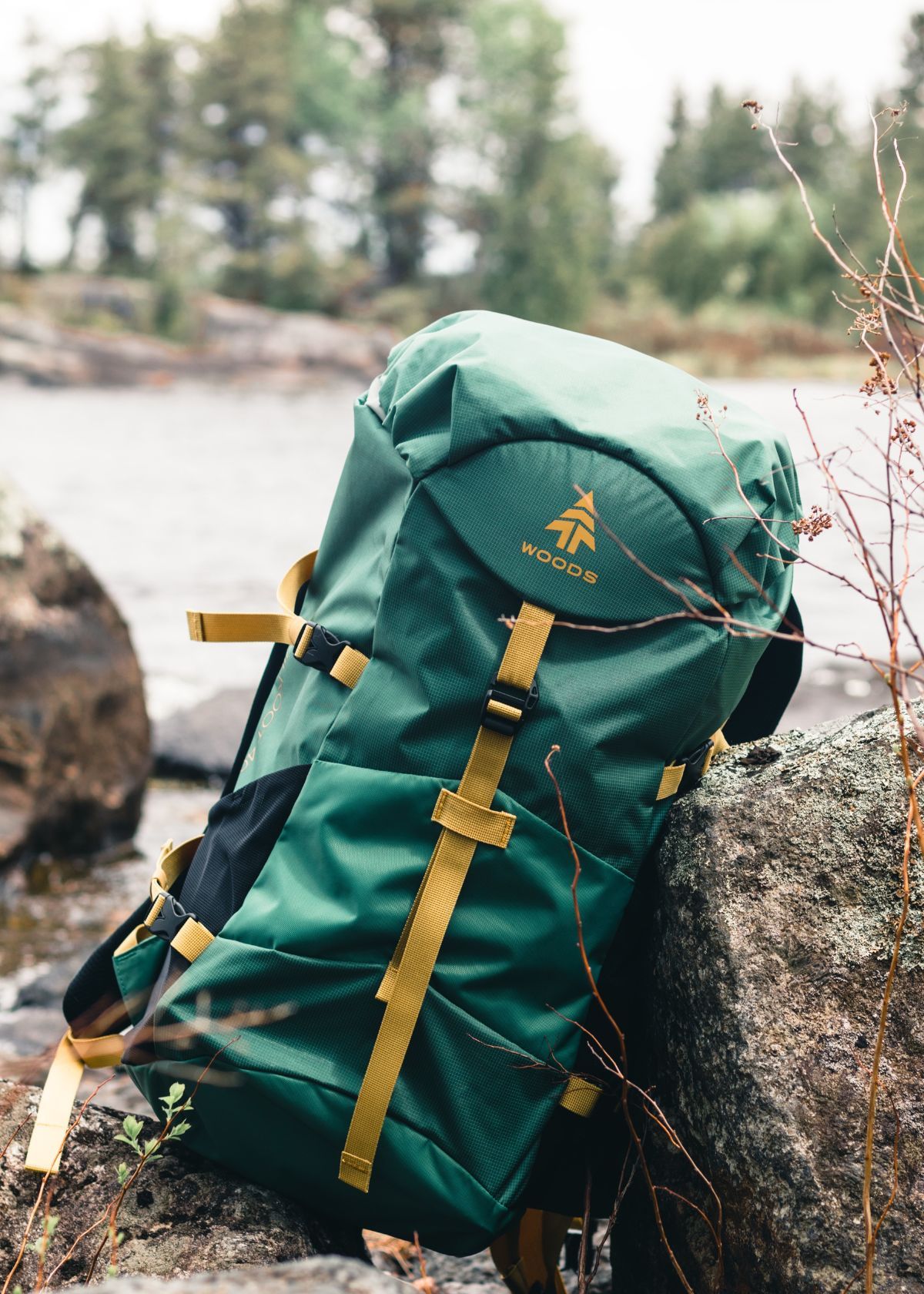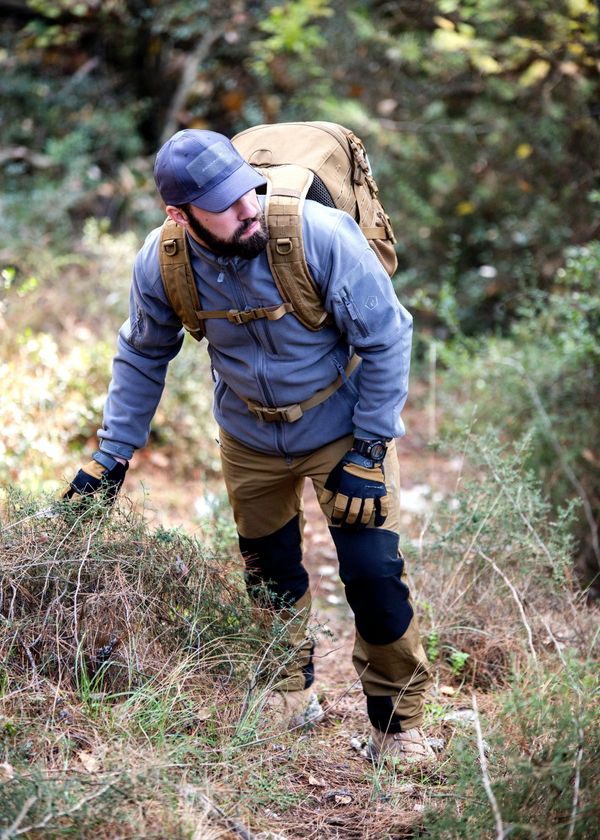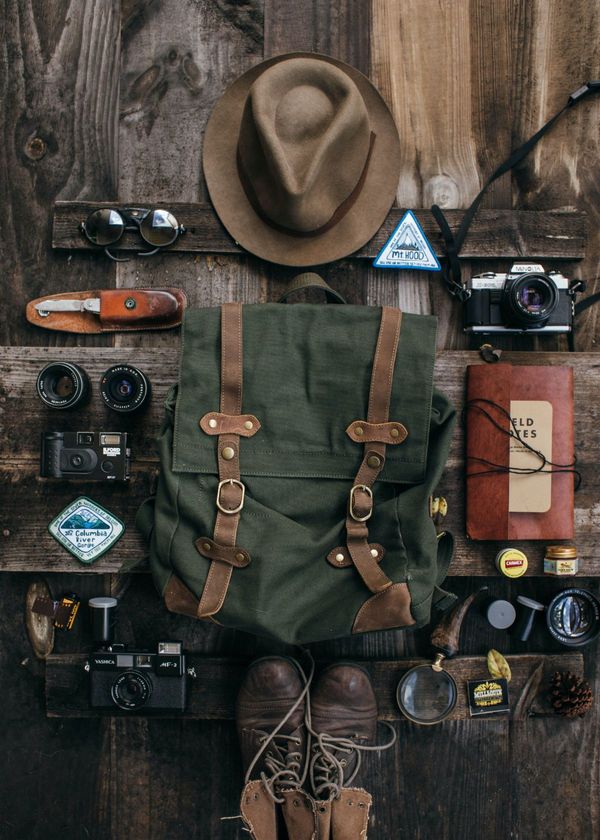Hiking is one of the most enjoyable outdoor activities, allowing us to explore new trails, bask in the beauty of nature and connect with our inner selves. As an avid hiker, you know that the right gear can make or break your hiking experience. One of the most essential pieces of equipment for any hiker is the backpack, which carries all the gear you need for a successful and comfortable hike.

However, not all backpacks are created equal, and not all backpacks are suitable for hiking. Choosing the proper hiking backpacks and knowing how to wear them properly can significantly affect the quality of your hiking experience.
In this guide, we'll explore the basics of how to wear a hiking backpack, from choosing the right backpack size to adjusting the shoulder strap and organizing your gear. Whether you're a seasoned hiker or a beginner, this guide will help you get the most out of your hiking backpack and ensure that you're comfortable and prepared for any adventure that comes your way. So, let's strap on our backpacks and hit the trails!

Basic Tips for Wearing a Hiking Backpack
Hiking is a great way to connect with nature and explore new places. Whether you're heading out for a day hike or embarking on a multi-day backpacking trip, having the right gear is essential.
A hiking backpack is one of the most important pieces of equipment you'll need. A well-fitting and properly packed backpack can make all the difference in your hiking experience.

Choosing the Right Backpack Size and Fit
The first step in wearing a hiking backpack is choosing the right size and fit for your body. Backpacks come in various sizes, and it's important to choose one that's appropriate for the torso lengths and the capacity you'll need for your gear. Most backpack manufacturers provide size charts to help you determine the right size for you.
Once you've selected the right size, it's important to adjust the backpack's straps to fit your body. Start by adjusting the shoulder straps pull so they're snug but not too tight, and then adjust the hip belt so it sits comfortably on your hips.
Properly Adjusting Your Backpack
Once you have your backpack on, it's important to adjust it properly to distribute the weight evenly across your body. Adjust the shoulder straps slightly closer so they sit comfortably on your shoulders and don't dig in. Tighten the top of your hip belt, so it rests on your hip bone, taking some weight off your shoulders.
Adjust the load-lifter straps, which are located at the top of the shoulder straps, to help pull the backpack closer to your body. This will help distribute the weight evenly and prevent the backpack from pulling you backward.
Packing Your Backpack Efficiently
Properly packing your backpack is essential for both comfort and efficiency on the trail. Pack your heaviest items, such as your sleeping bag and food, in the bottom of the backpack to keep the weight close to your hips. This will help distribute the weight and prevent you from feeling top-heavy.
Next, pack your lighter items, such as clothes and a tent, towards the top of the backpack. Keep items you'll need during the day, such as snacks and a water bottle, in a convenient outside pocket.
Distributing the Weight of Your Backpack
Distributing the pack's weight evenly across your body will help you maintain balance and prevent injury. The heaviest items should be closest to your back, with lighter items towards the outside of the backpack.
Try to balance the weight evenly between the left and right sides of the backpack. This will help prevent you from leaning forward slightly to one side, which can cause shoulder muscles strain and discomfort.

How to Wear a Hiking Backpack for Maximum Comfort
Heading out for a hike can be an exciting adventure, but nothing can dampen the experience quite like an ill-fitting and uncomfortable backpack. A properly worn backpack can make all the difference in your hike's success and enjoyment, and it all starts with how you wear it.

Once you've found the perfect backpack, it's time to put it on. Follow these steps to ensure maximum comfort on the trail:
- Loosen all straps: Before putting on your backpack, loosen all the straps completely. This will make it easier to put on and adjust properly.
- Put on the backpack: With the backpack on the ground, lift it up by tightening the shoulder straps and putting your arms through them. Then, buckle the hip belt around your waist, ensuring it sits comfortably on your hips. Finally, adjust the shoulder straps, so the backpack sits snugly against your back.
- Adjust the shoulder straps: They should be adjusted, so they fit snugly against your shoulders without digging in or restricting movement. You should be able to move your arms freely without the straps sliding off your shoulders.
- Tighten the hip belt: The hip belt should sit on your hip bones, not your waist, and be tightened, so it fits snugly without causing discomfort. The hip belt should carry the majority of the backpack's weight, so it's important to get this part right.
- Adjust the load lifters: Load lifters are the small straps that connect the top of the shoulder straps to the backpack. They should be adjusted so they angle back towards your body at a 45-degree angle. This will help pull the weight of the backpack towards your body and reduce strain on your shoulders.
- Adjust the sternum strap: The sternum strap connects the two shoulder-chest straps. It should be adjusted so it sits comfortably across your sternum without restricting breathing.
- Fine-tune the fit: Take a few minutes to walk around with your backpack on and make any necessary adjustments. You should be able to move comfortably without the backpack bouncing or pulling in any direction.
By following these steps, you can wear your hiking backpack comfortably for hours on the trail. Remember to take breaks and adjust throughout your hike to ensure maximum comfort and enjoyment.
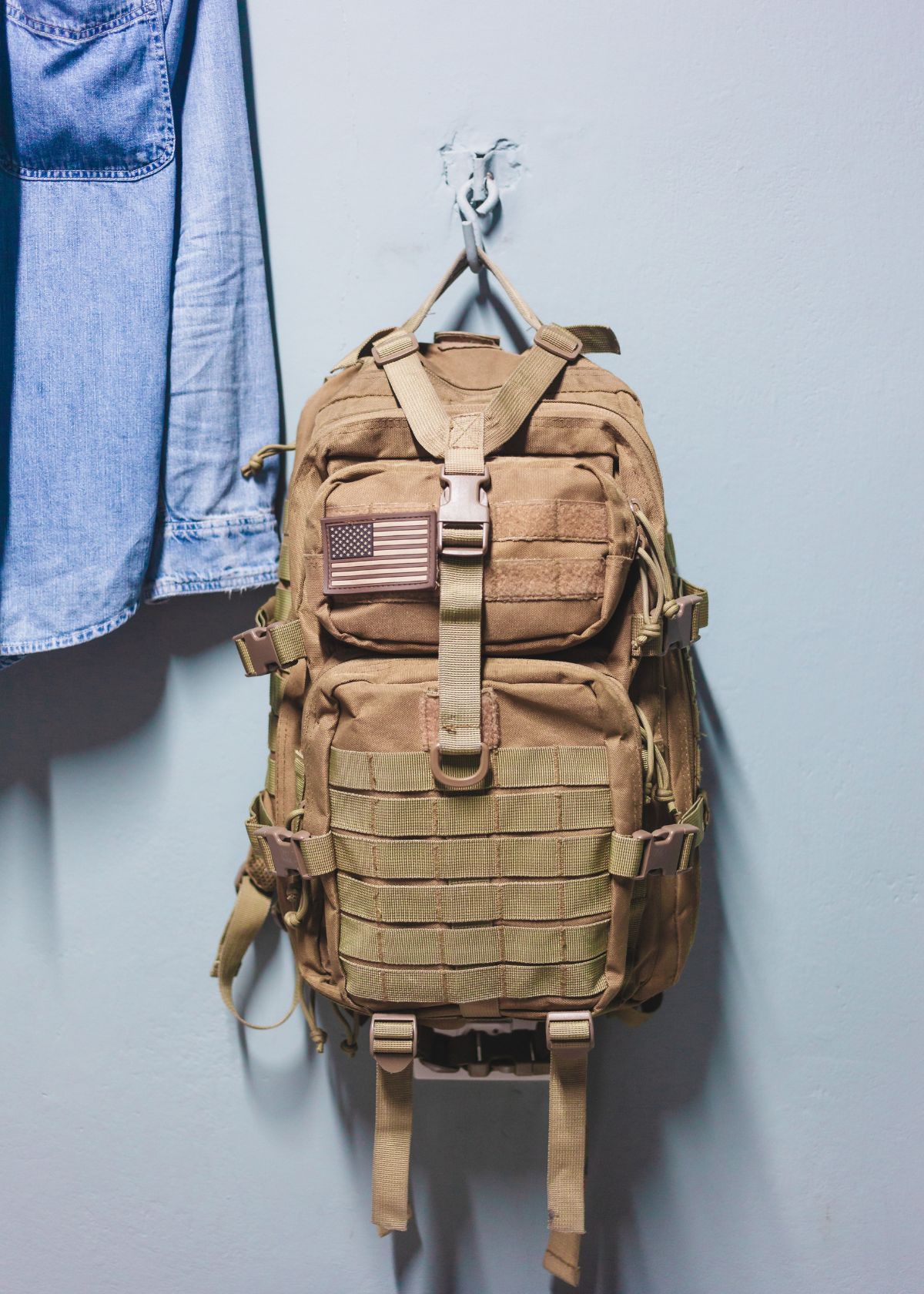
How to Wear a Hiking Backpack for Day Hikes
As an experienced hiker, I have come across many people who struggle with wearing a hiking backpack properly. Improperly worn backpacks can lead to discomfort and even injury, especially during longer hikes. In this guide, I will provide you with some tips on how to wear a hiking backpack for day hikes so that you can enjoy your hike to the fullest.

- Choose the Right Backpack: The first step in wearing a hiking backpack for day hikes is to choose the right backpack. Consider the torso length and the amount of gear you need to carry. A backpack with a capacity of 20-30 liters is sufficient for most day hikes. Make sure the backpack has adjustable straps and a waist belt for a secure and comfortable fit.
- Pack Your Backpack: Correctly Packing your backpack correctly is just as important as wearing it correctly. Start by packing the heaviest items at the bottom of the backpack, close to your back. This will help distribute the weight evenly and prevent back strain. Place lighter items at the top of the backpack.
- Adjust the Shoulder Straps: Adjust the shoulder straps so the backpack fits snugly against your back. The shoulder straps should not be too tight or too loose, as this can lead to discomfort and poor weight distribution. Make sure the straps are evenly adjusted so that the backpack does not lean to one side.
- Use the Waist Belt: The waist belt is an essential part of wearing a hiking backpack for day hikes. It helps transfer the weight of the backpack from your shoulders to your hips, reducing strain on your back. Adjust the waist belt so that it fits snugly around your hips. The waist belt should be positioned above your hips, not on them.
- Adjust the Sternum Strap: The sternum strap is another important part of wearing a hiking backpack for day hikes. It helps stabilize the backpack and prevents it from bouncing around as you walk. Adjust the sternum strap so that it sits comfortably across your chest but is not too tight.
- Take Regular Breaks: Even with a properly worn backpack, hiking can be tiring. It's important to take regular breaks and adjust your backpack as needed. If you feel any discomfort or pain, take a break and adjust your backpack straps or waist belt.
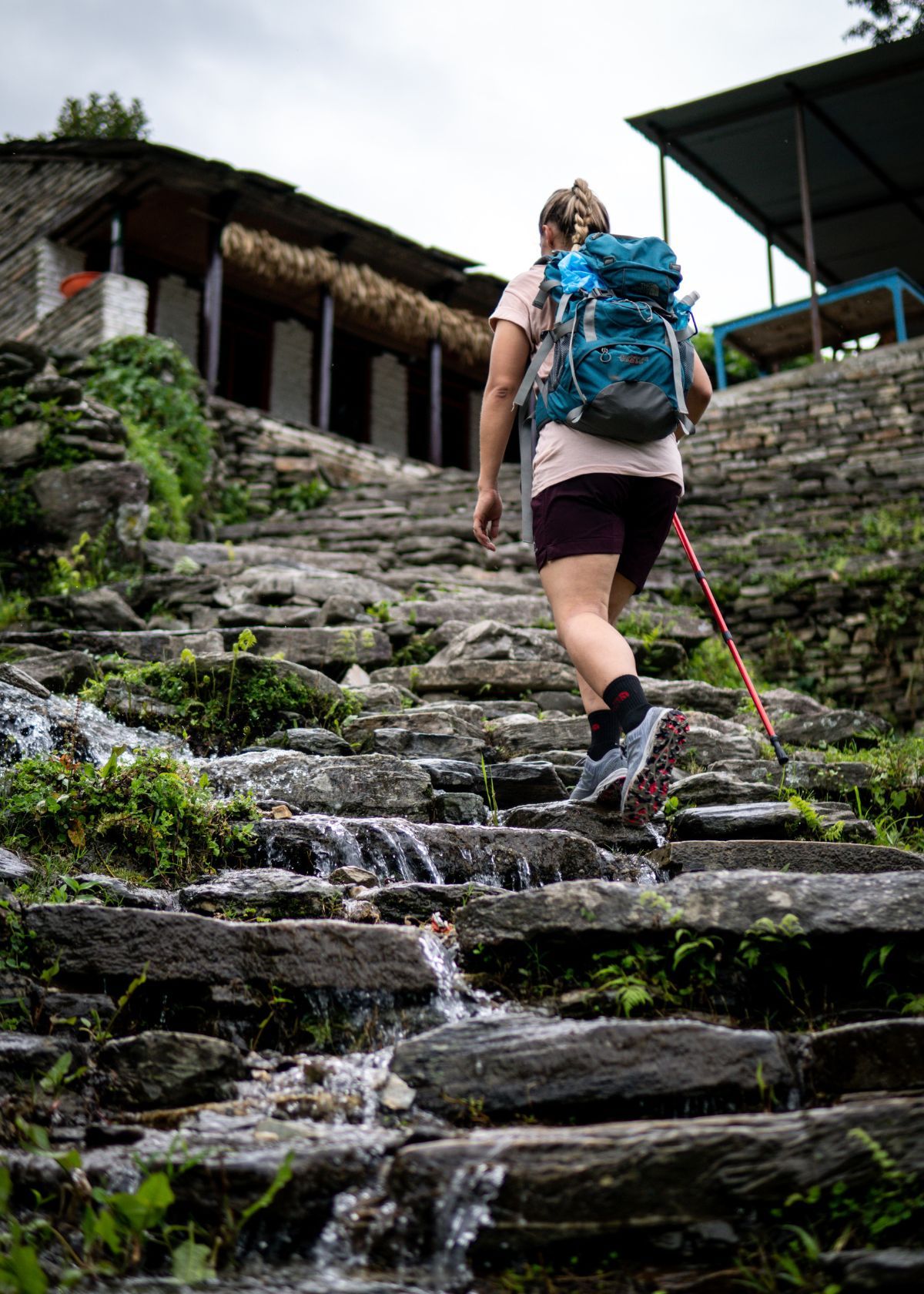
Factors to Consider While Buying A Hiking Backpack
As someone who loves to explore the great outdoors, I can't emphasize the importance of choosing the right hiking backpack enough. A good backpack is essential to ensure that your hiking trip is comfortable and hassle-free.
But with so many options available, it can be overwhelming to choose the perfect one. Fear not, as I have put together a comprehensive guide on the factors to consider while buying a hiking backpack.

Capacity and Size
The first factor to consider when buying a hiking backpack is its capacity and size. The backpack's capacity is measured in liters and depends on the length of your hiking trip. If you're planning a day hike, a backpack with a 20 to 30 liters capacity will suffice.
For longer trips, a backpack with a capacity of 50 to 80 liters is recommended. The backpack size should fit your body frame, so make sure to try on several backpacks before making a purchase.
Comfort and Fit
A hiking backpack that doesn't fit well can make your trip miserable. A well-fitting backpack should distribute the weight evenly across your back and hips, reducing the strain on your shoulders.
Look for a backpack with padded shoulder straps and a hip belt. The hip belt should sit comfortably on your hips and transfer most of the weight from your shoulders to your hips.
Material and Durability
The next factor to consider when buying a hiking backpack is the material and durability. A hiking backpack should be made from a high-quality, durable material that can withstand the elements.
Look for backpacks made from materials such as nylon or polyester, which are known for their durability. Make sure the backpack has reinforced seams and zippers, as these are the areas that tend to wear out quickly.
Pockets and Compartments
A hiking backpack with multiple pockets and compartments can make organizing your gear easier. Look for a backpack with an external pocket for storing items you need quick access to, such as a water bottle or snacks. Internal compartments are useful for organizing your gear, and a separate compartment for your sleeping bag is a nice feature.
Weather Resistance
Finally, it's essential to consider the weather when buying a hiking backpack. If you plan to hike in wet conditions, look for a backpack with a rain cover or one made from a water-resistant material. A backpack with a hydration system is a great feature, as it allows you to drink water without stopping to take off your backpack.

Frequently Asked Questions (FAQs)
Wearing your backpack is an important part of the hiking process. Whether you're going on a short or multi-day hike, it's important to know how to wear a backpack properly. Here are some FAQs on how to wear a backpack:
How should a hiking backpack sit on your back?
When wearing a hiking backpack, it should sit snugly on your back, with the weight distributed evenly. The hip belt should be tightened so that the majority of the weight is carried on your hips rather than your shoulders. The shoulder straps should be adjusted so that they are snug, not too tight, and should not carry most of the weight.
The sternum strap can also be adjusted to provide additional stability and support. Additionally, the backpack should be adjusted for proper length, with the hip belt sitting comfortably on your hip bones and the shoulder straps coming over your shoulders without digging in or rubbing. Proper fit and weight distribution are crucial for comfort and safety while hiking.
How is a backpack supposed to be worn?
A backpack should be worn to distribute the weight evenly across the shoulders and back. The shoulder straps should be adjusted to fit comfortably and snugly without digging into the shoulders or sliding off. The backpack should sit high on the back, with the bottom of the pack resting in the lower back curve.
The waist strap should also be used to distribute weight to the hips and reduce strain on the shoulders. Additionally, heavier items should be packed closer to the back to further distribute the weight. It is important to adjust the backpack properly to prevent injury and ensure maximum comfort while carrying it.
Where is a hiking backpack supposed to sit?
A hiking backpack is supposed to sit snugly against your back, with the weight of the pack distributed evenly between your shoulders, hips, and legs. It should not hang too low or too high, as this can cause discomfort and strain on your body.
The hip belt should be fastened tightly around your waist to transfer weight off your shoulders and onto your hips, and the shoulder straps should be adjusted to fit comfortably without digging into your skin.
The load-lifter straps on the shoulder straps can be adjusted to pull the weight of the pack closer to your body. Proper fit and weight distribution are crucial for a comfortable and safe hiking experience.
Where should a backpack hip belt sit?
A backpack hip belt should sit comfortably around the top of your hips, which is typically the widest part of your pelvic bones. The belt should be snug but not so tight that it restricts your movement or breathing.
Ideally, the weight of your backpack should rest on your hips, not your shoulders or back. Adjust the straps of your backpack so that the hip belt sits properly and distributes the weight evenly.
Improperly positioned hip belts can lead to discomfort, back pain, and poor posture. When trying on a backpack, take the time to adjust the hip belt and ensure it sits correctly before setting off on your adventure.

Conclusion
In conclusion, wearing a hiking backpack is an essential skill that every hiker should master. Properly wearing a hiking backpack distributes the weight evenly and ensures that the backpack fits comfortably and does not cause discomfort or injury.
The key to wearing a hiking backpack correctly is to ensure that the backpack is adjusted to fit your body size, has a well-padded hip belt and that the weight of the load is distributed evenly. Packing the backpack carefully and considering the terrain and weather conditions is also important.
Following these simple tips, hikers can avoid back pain and other discomforts and enjoy their hiking experience. Happy Hiking!
